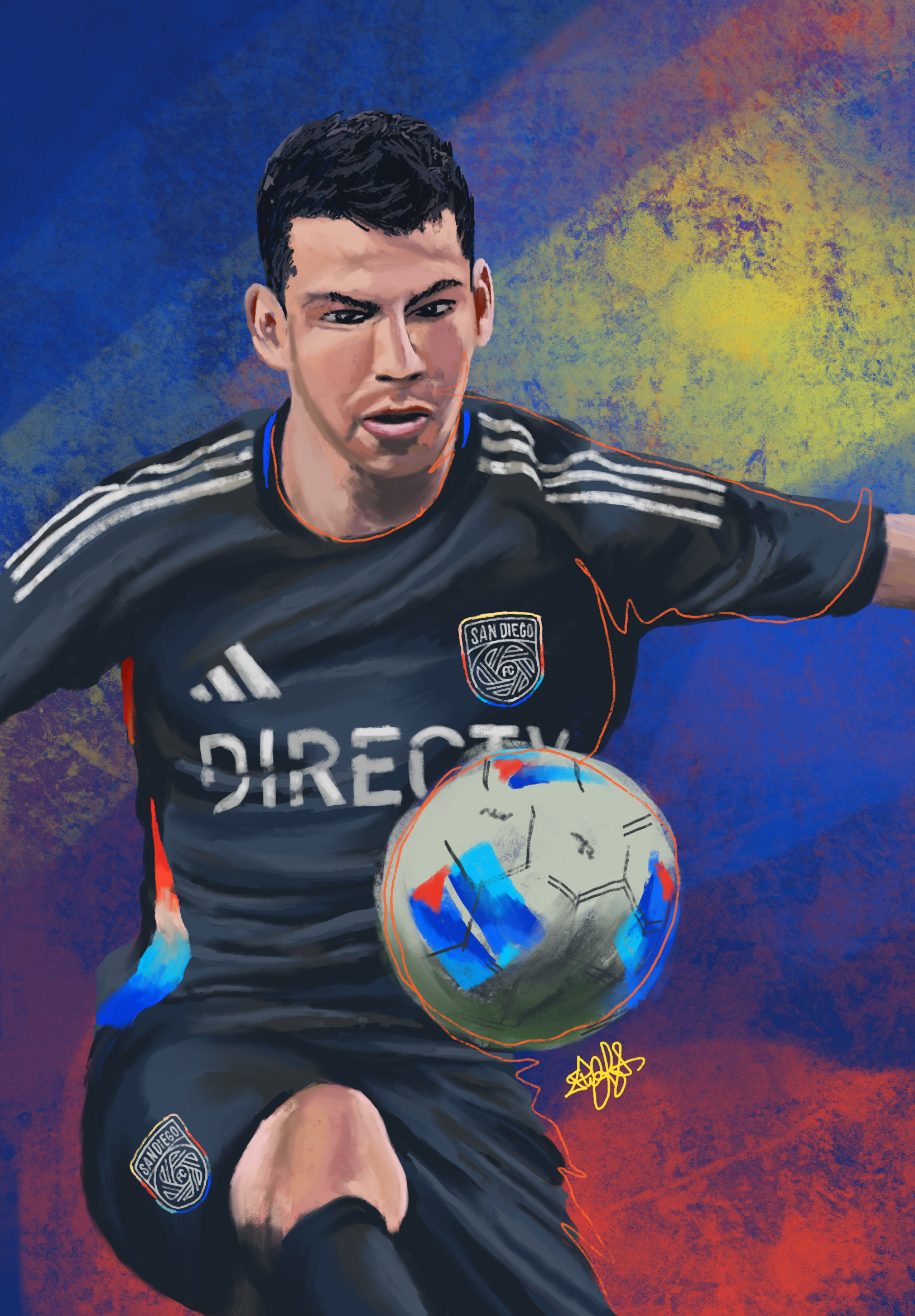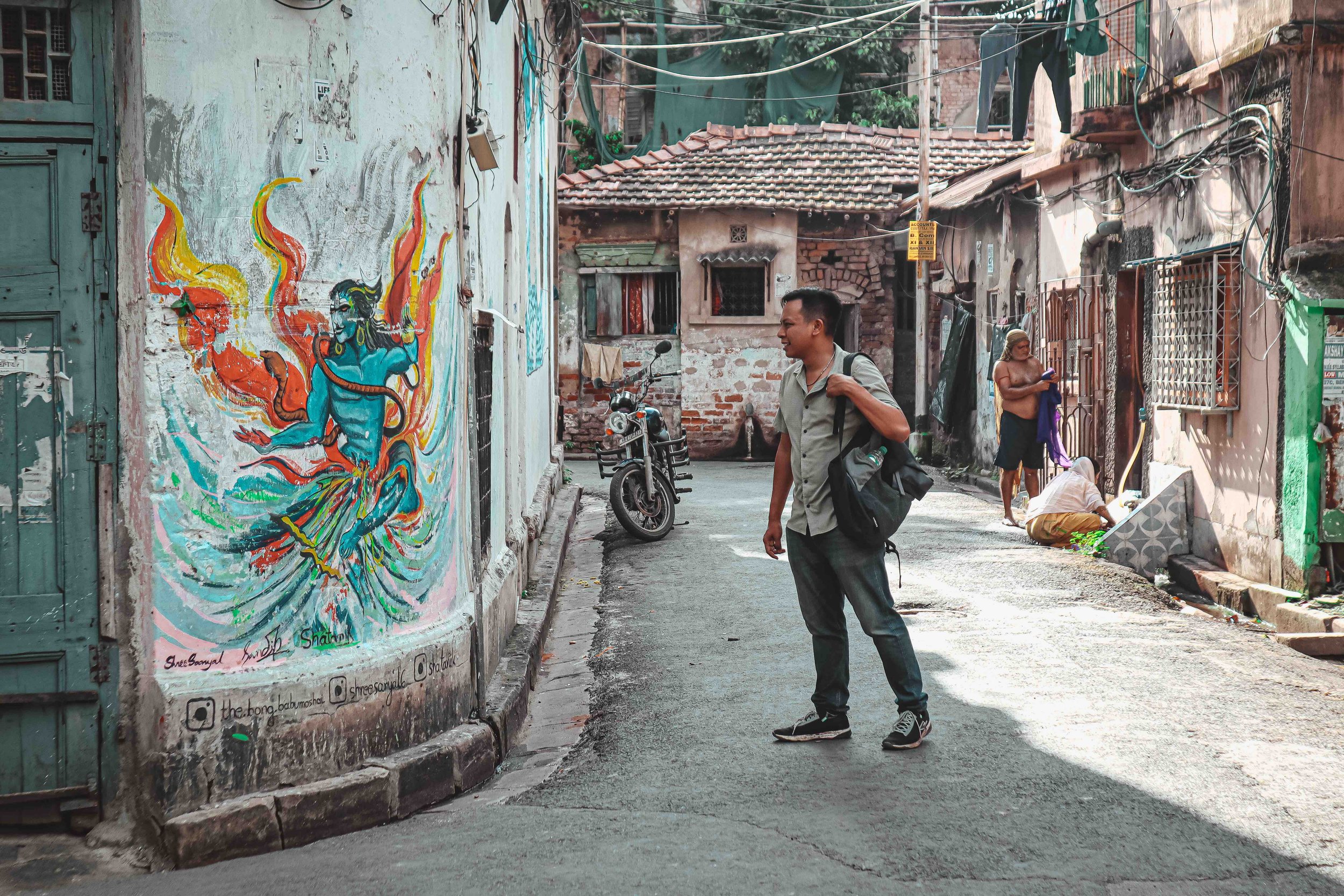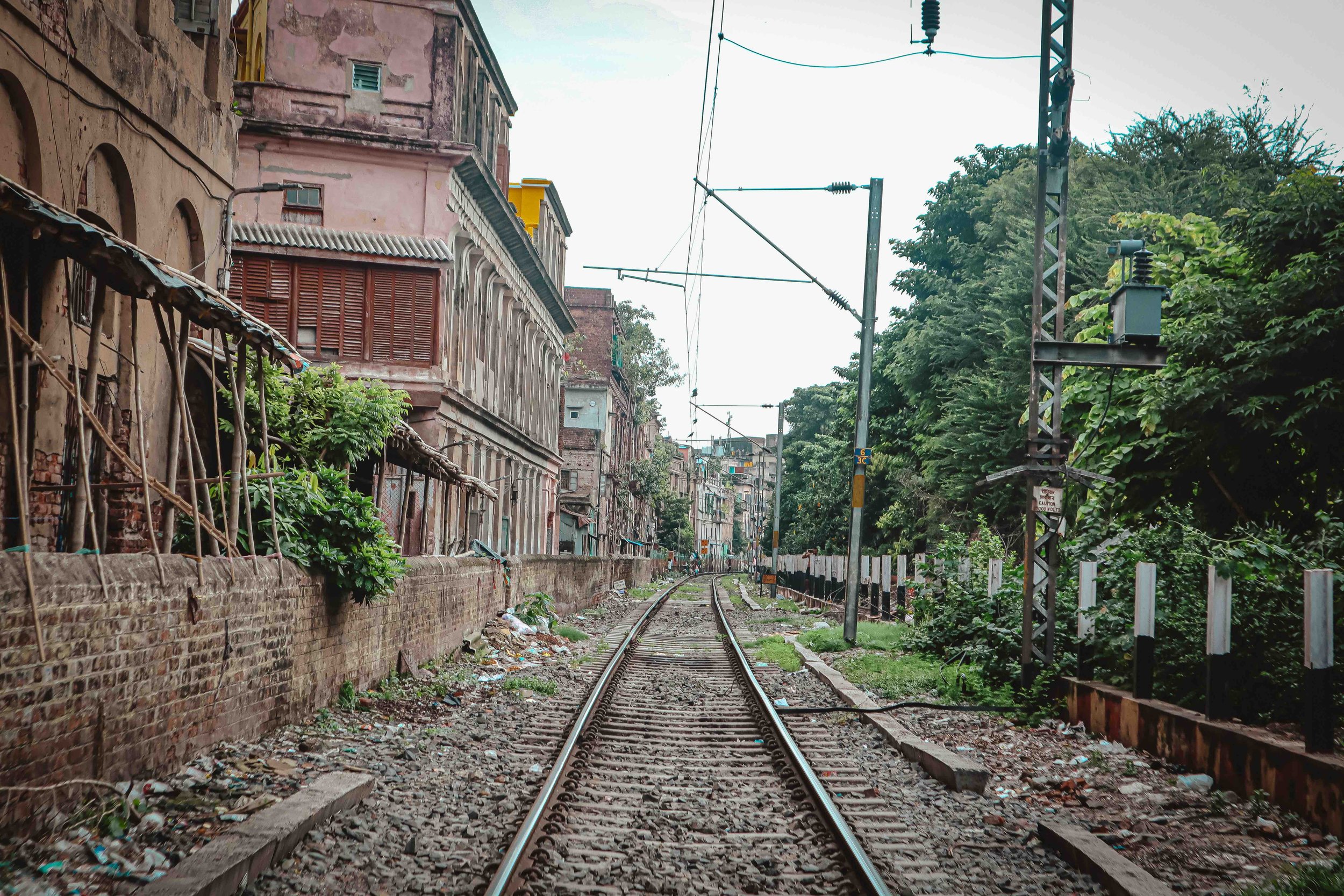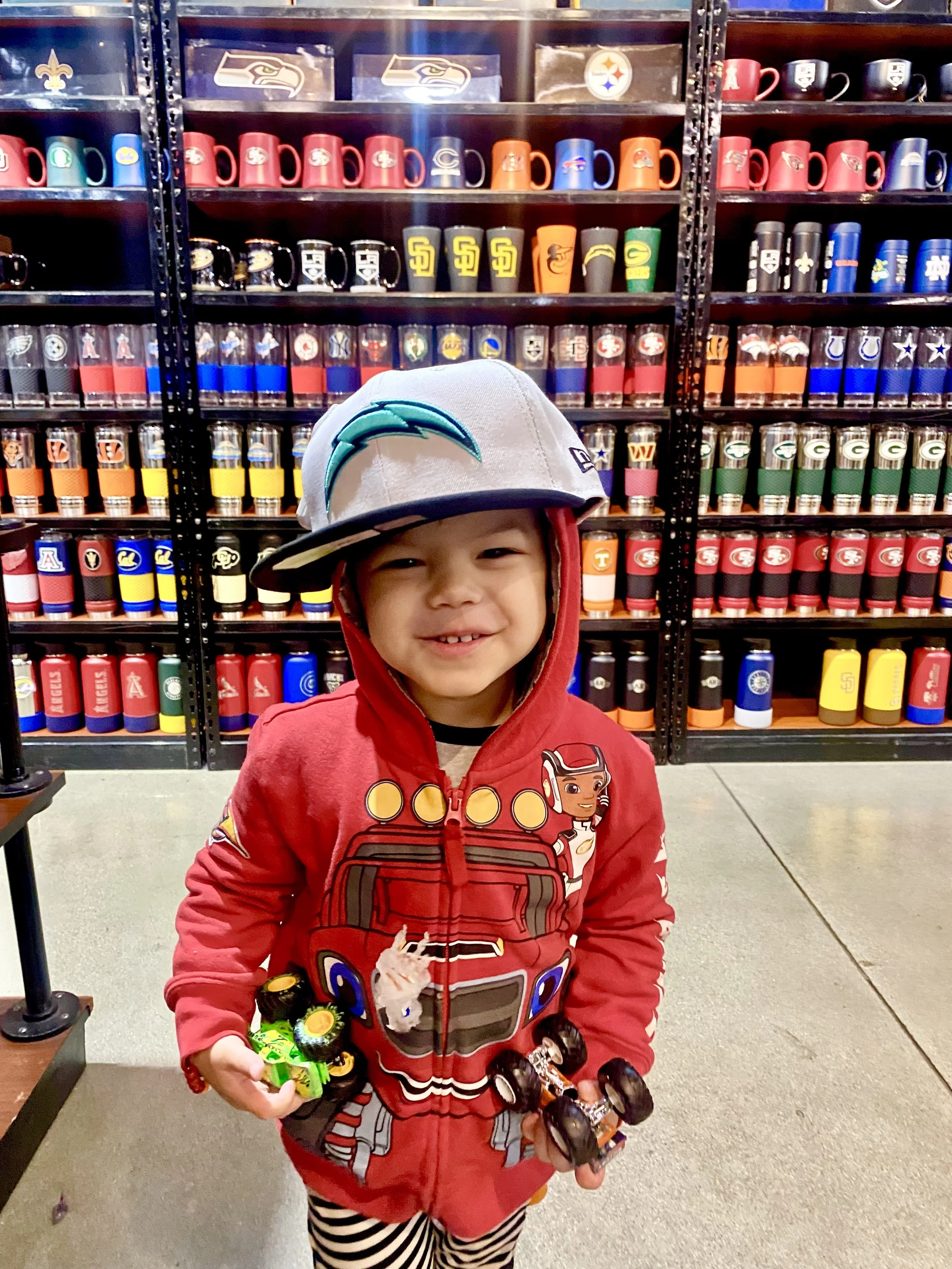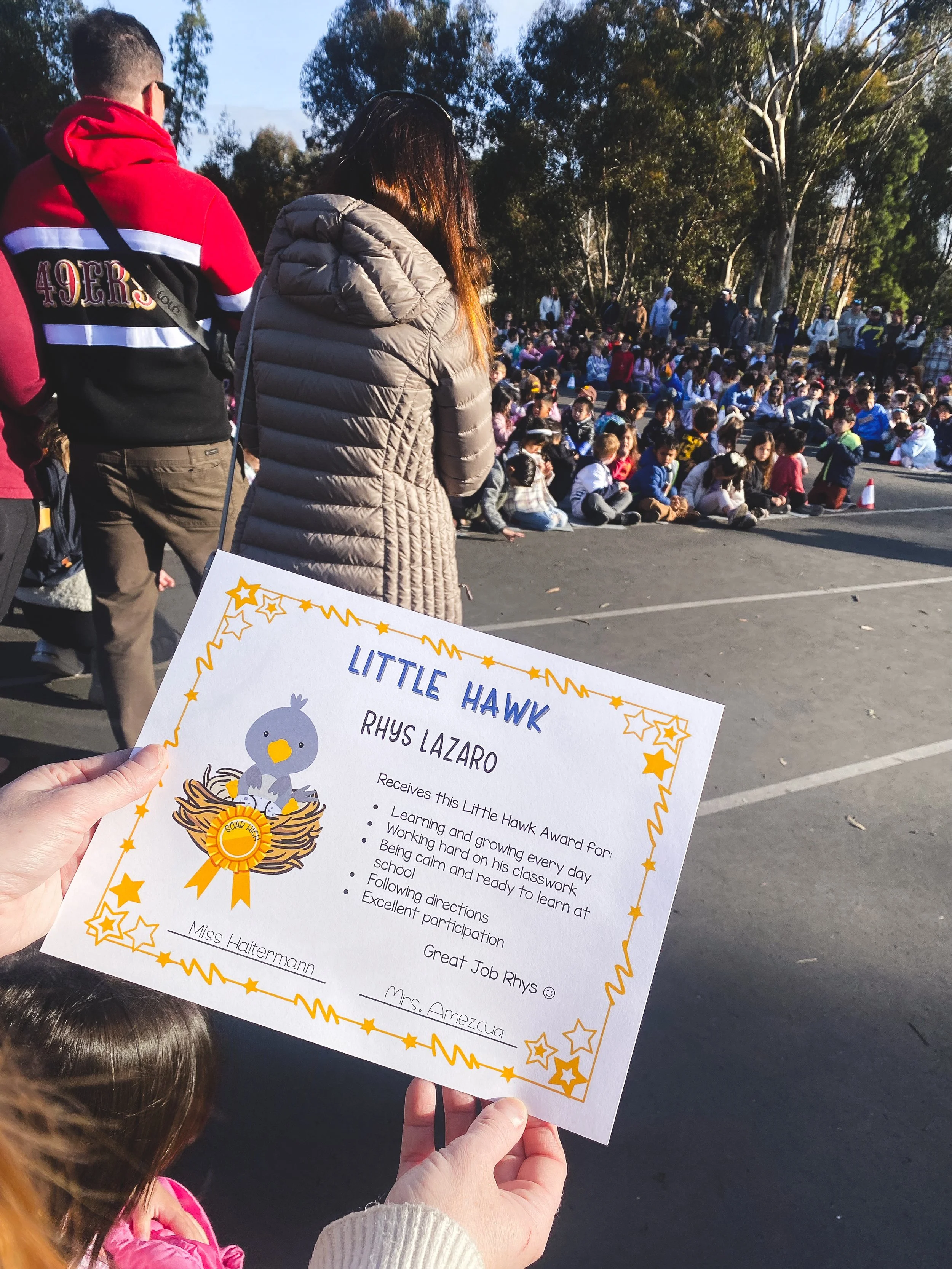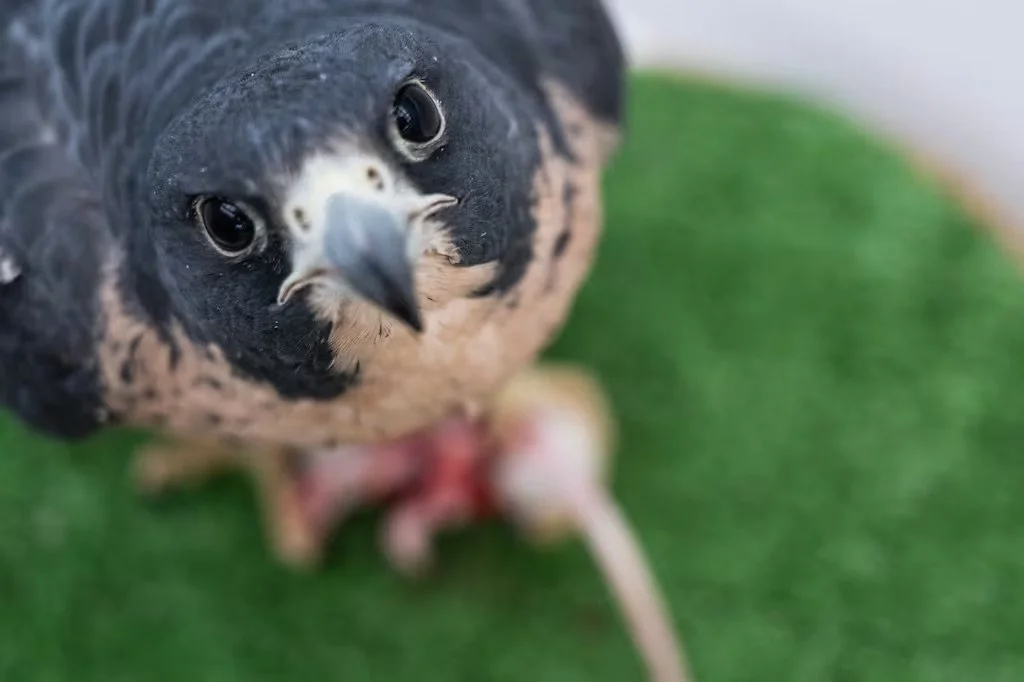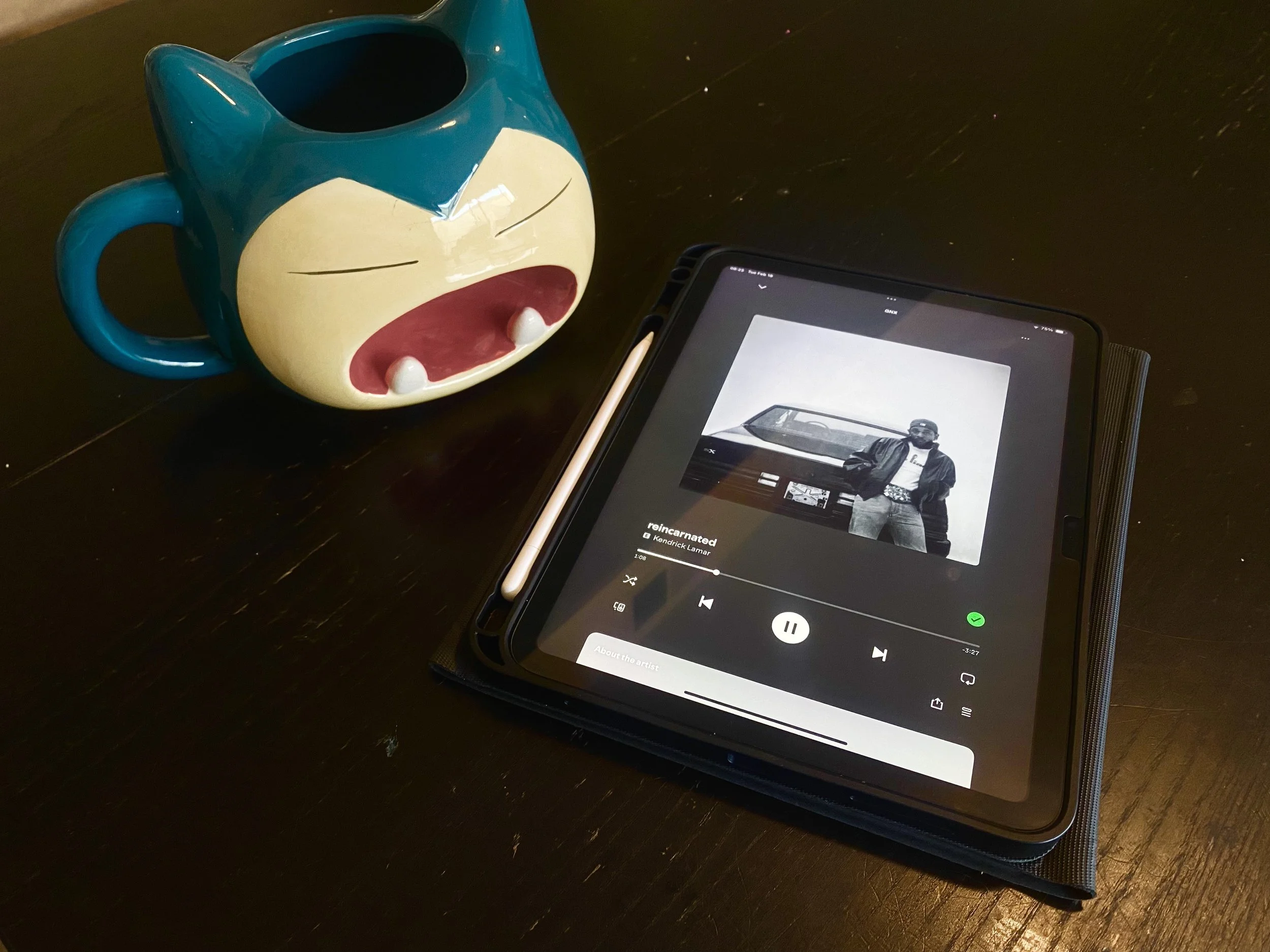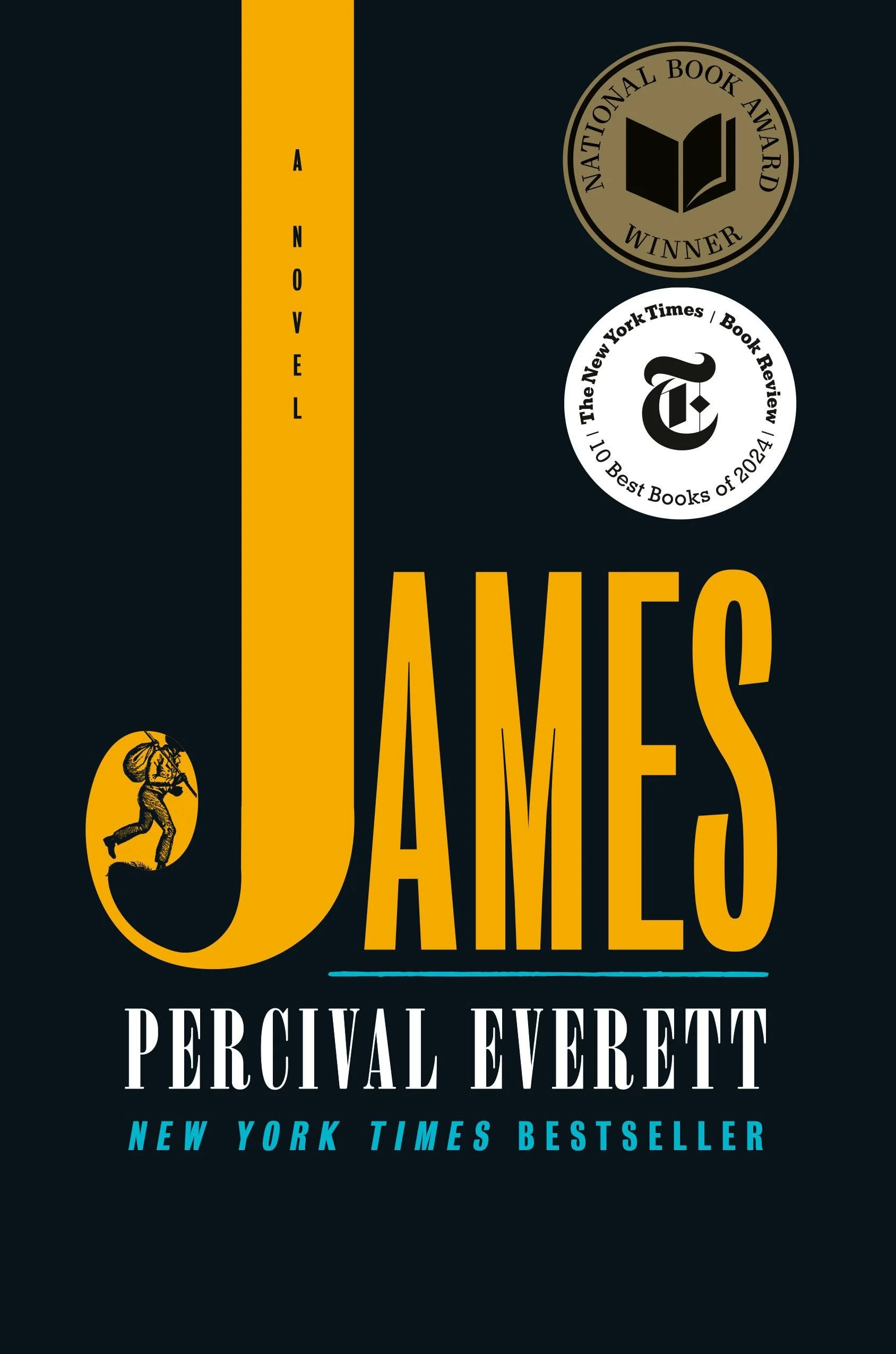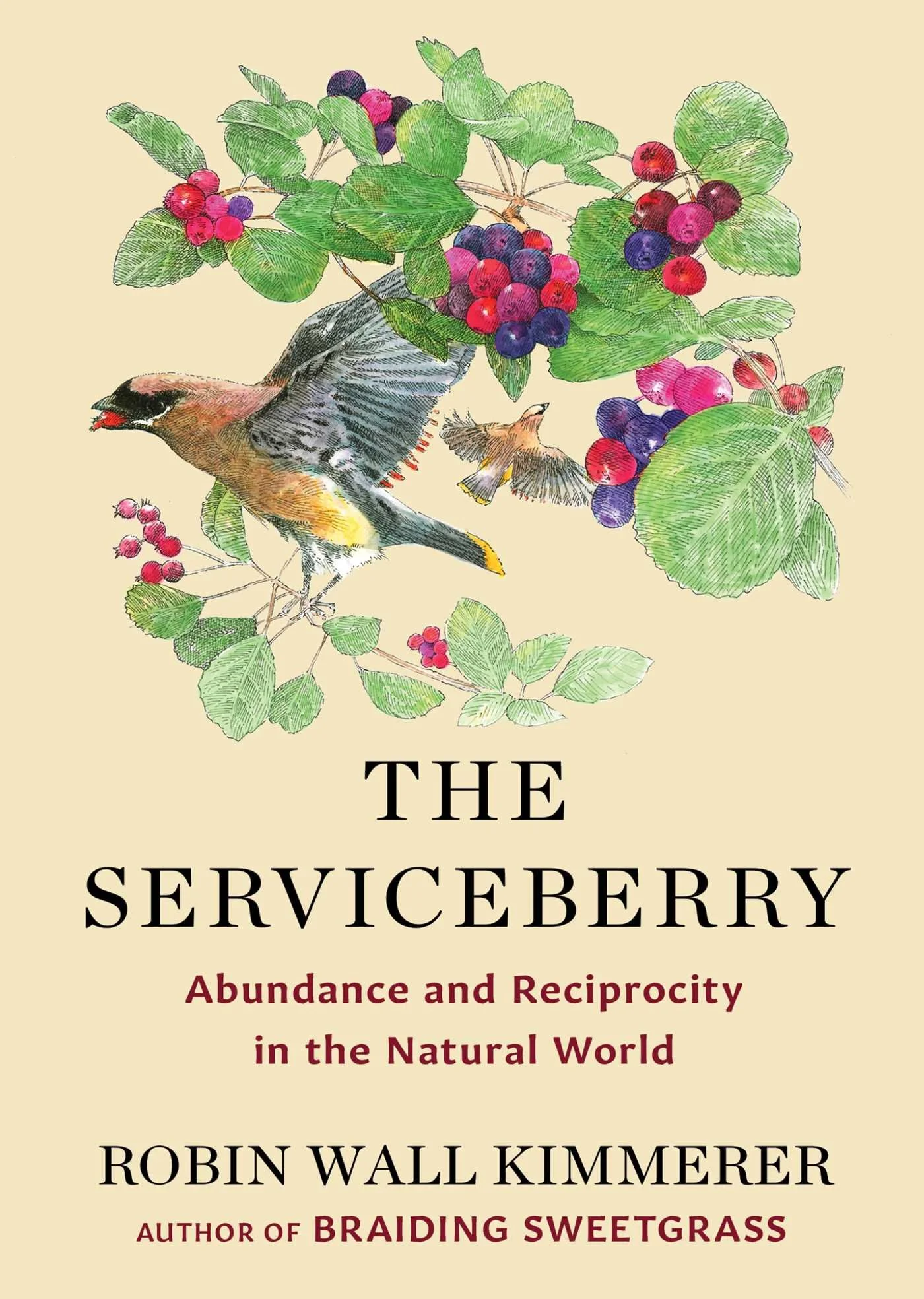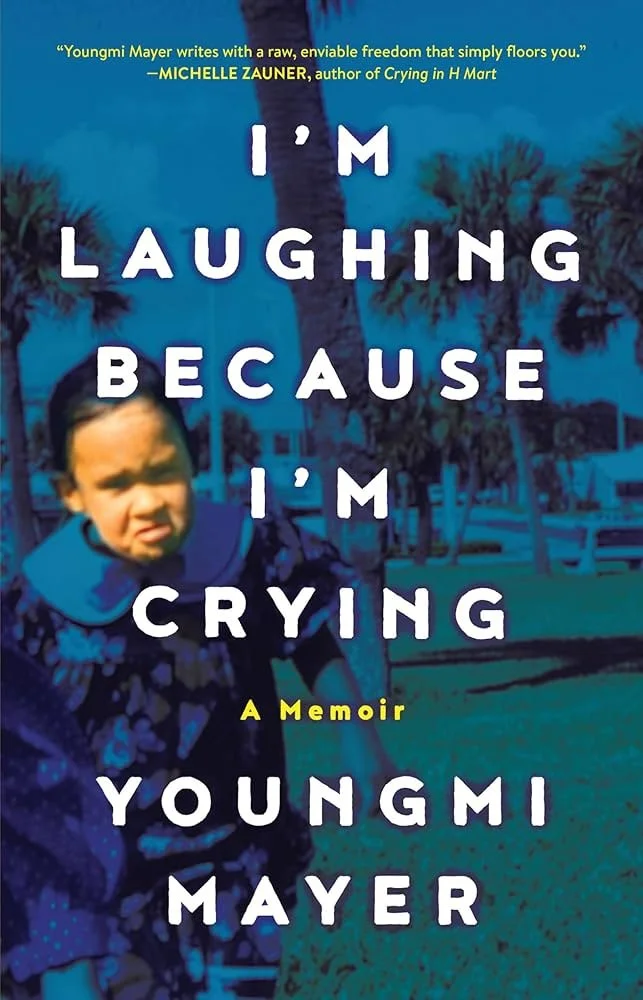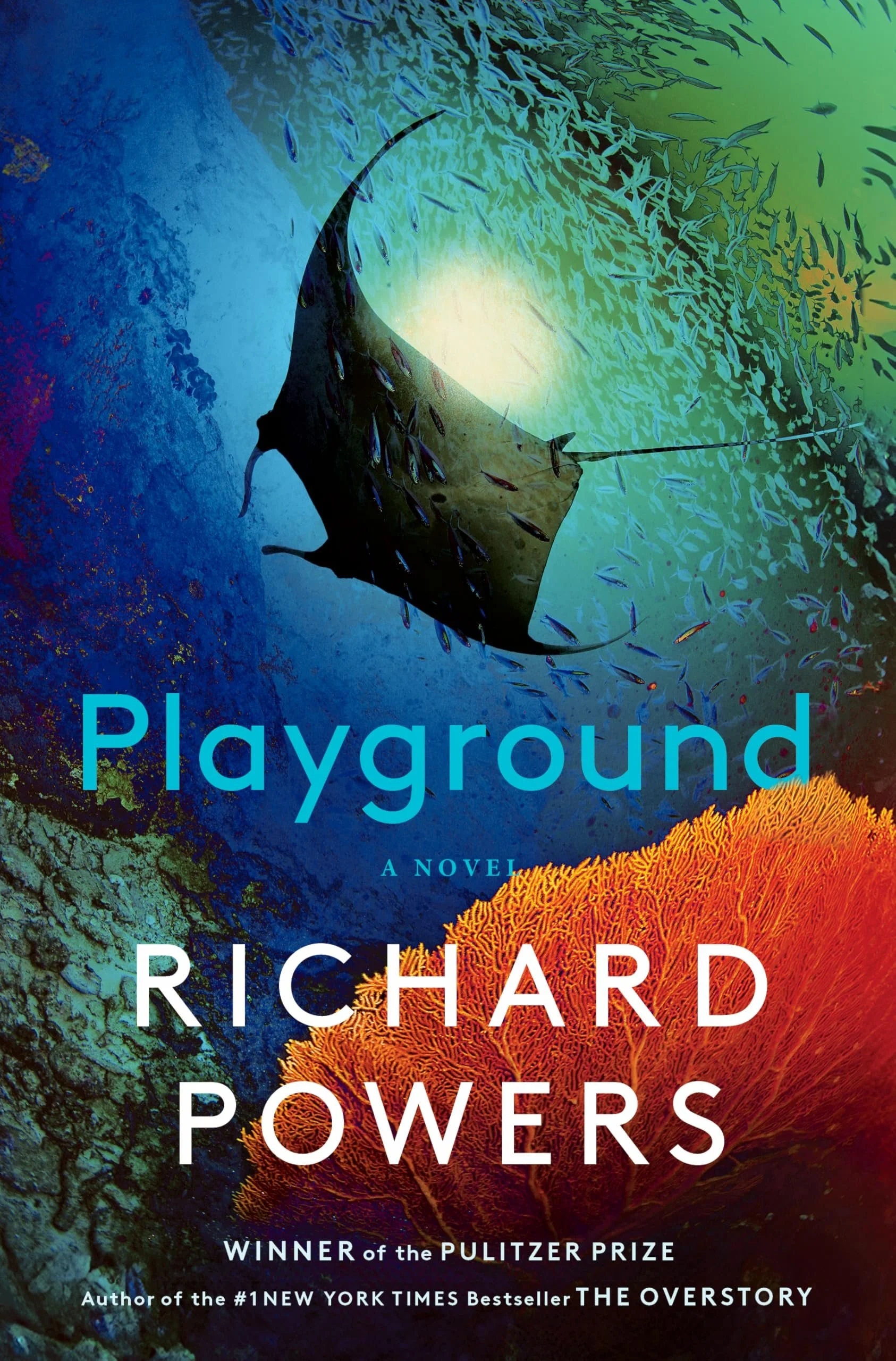Reality is two-pronged:
1) Things aren’t going to be like this forever
and
2) They’re not going to simply revert to how things were
This feels extremely similar to Octavia Butler’s underlying philosophy of change being the only concept, but in early 2025, she’s gotten enough things eerily correct, so why not?
Once again, the world will be morphing into something new. And every person, regardless of belief, creed, or political position needs to decide whether to be reactive or proactive.
The reactives are, more often than not, participating in the movement away from how things were. Whether it’s from their shocked expressions, doomerism, or default state of panic, they solidify the fact that the old way of doing things is over.
It’s human to react to being uprooted from a familiar spot. I don’t think you lose points, morally speaking, just from having reactions to things that are drastic. Just know that this is a terrible vantage point for decision making.
On the other hand, those who are proactive are the ones building the world that is to come. They know that with change comes opportunity, and they’re ready and waiting to not miss their chance. They’re out there building community, because like Grace Lee Boggs puts it, revolution doesn’t come via critical mass as much as it does via critical connections. They’re sharpening their skills. They’re undistracted.
Right now, in a moment where chaos seems to be the new order… where so many norms and institutions are no longer considered untouchable… I know there are few things I have the ability to safeguard. But those include things like optimism, imagination, and a persistent belief in people. And I think that’s enough of a toolkit to contribute towards building something new, as long as I’m not going at it alone.





































































